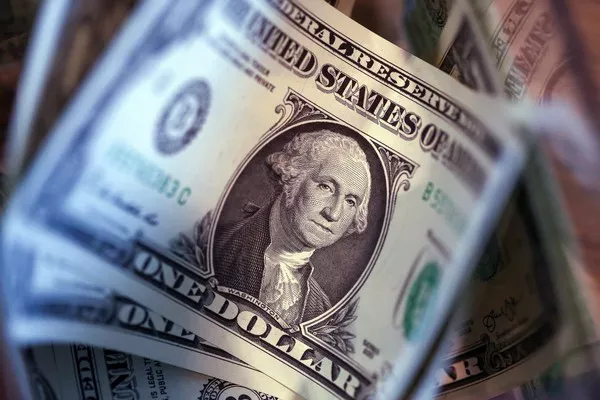In the realm of American currency, the $2 bill stands out as a unique and often underappreciated denomination. While its circulation may be less common than other bills, its distinctive portrait on the obverse side is a source of curiosity for many. The individual depicted on the $2 bill is none other than Thomas Jefferson, one of the Founding Fathers and the principal author of the Declaration of Independence. This article aims to explore the historical significance of the $2 bill and shed light on the enduring legacy of Thomas Jefferson.
The $2 Bill’s Unusual Status:
The $2 bill has always held a somewhat peculiar status in American currency. Despite being legal tender, it is relatively scarce in circulation, leading to misconceptions about its validity. This scarcity has contributed to the bill’s mystique, making it a sought-after item among collectors and curious individuals alike.
Thomas Jefferson’s Portrait:
The decision to feature Thomas Jefferson on the $2 bill was not arbitrary but rather a deliberate choice to honor one of America’s most influential figures. The portrait of Jefferson on the bill captures the essence of the man who played a pivotal role in shaping the nation’s early history.
Thomas Jefferson: A Founding Father’s Legacy:
Thomas Jefferson, born in 1743 in Shadwell, Virginia, was a polymath whose contributions to American society extended far beyond the realm of politics. A staunch advocate for individual rights and liberty, Jefferson was a central figure in the drafting of the Declaration of Independence in 1776. His eloquent words, proclaiming the inalienable rights of life, liberty, and the pursuit of happiness, have become iconic symbols of American ideals.
Jefferson’s Legacy as President:
Beyond his role in the Declaration of Independence, Thomas Jefferson served as the third President of the United States from 1801 to 1809. His presidency was marked by significant accomplishments, including the Louisiana Purchase in 1803, which effectively doubled the size of the United States. Jefferson’s vision for an agrarian society, his commitment to education, and his advocacy for limited government have left an indelible mark on American history.
The Monticello Connection:
The portrait of Thomas Jefferson on the $2 bill is paired with an image of Monticello, his iconic plantation home in Virginia. Monticello, meaning “little mountain” in Italian, was designed by Jefferson himself and is considered a masterpiece of American architecture. The inclusion of Monticello on the bill serves as a tribute to Jefferson’s intellectual prowess, as well as his contributions to the nation’s cultural and architectural heritage.
Symbolism and Design:
The design of the $2 bill goes beyond a mere representation of Thomas Jefferson and his residence. The intricacies of the bill’s design include symbolic elements that reflect the values and principles that Jefferson held dear. The engraving of the signing of the Declaration of Independence on the reverse side further underscores the bill’s homage to America’s foundational document.
Cultural Impact:
While the $2 bill may not be as commonly used in daily transactions as other denominations, it has gained cultural significance over the years. Some individuals view the bill as a collector’s item, while others see it as a symbol of good luck. The scarcity of the $2 bill in circulation has only intensified its appeal, turning it into a conversation starter whenever it makes an appearance.
Dispelling Myths and Misconceptions:
The rarity of the $2 bill has given rise to various myths and misconceptions about its legitimacy. Some people mistakenly believe that the bill is no longer in circulation or that it holds no value. In reality, the $2 bill is still being printed by the Bureau of Engraving and Printing, and it is legal tender accepted by all businesses in the United States.
Promoting the $2 Bill:
Efforts have been made over the years to encourage the use and circulation of the $2 bill. Some businesses actively request $2 bills from banks to distribute as change, hoping to demystify the bill and integrate it into everyday transactions. These efforts aim to increase public awareness about the $2 bill’s validity and its historical and cultural significance.
Conclusion:
The $2 bill, with its distinctive portrait of Thomas Jefferson, serves as a unique canvas that encapsulates the essence of a Founding Father’s legacy. Thomas Jefferson’s contributions to the birth and early development of the United States are indelibly etched into the nation’s history, and his presence on the $2 bill ensures that his legacy endures. As we continue to navigate the intricacies of American currency, the $2 bill stands as a tangible reminder of the principles and ideals that shaped the nation.


